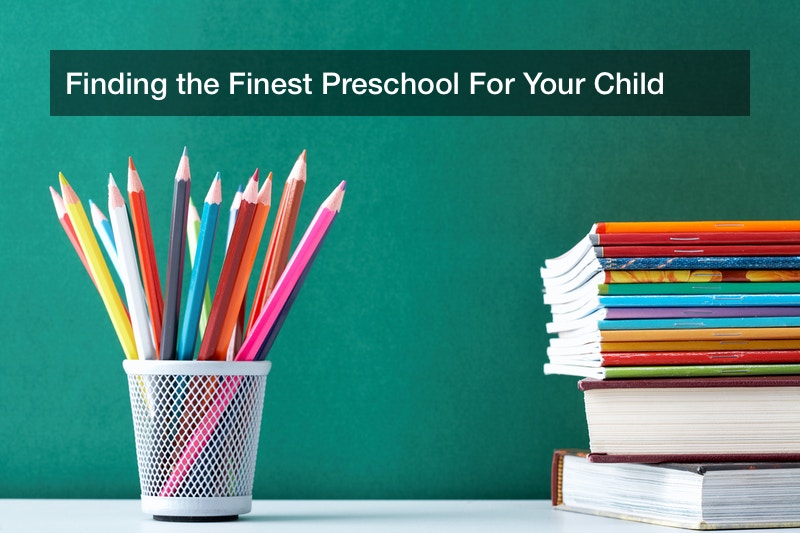
All parents are greatly invested in the education of their children. After all, a good education is the key that unlocks a child’s future success, so parents may carefully search online to find the best schools for their child to attend. But how to pick a preschool? While preschool is not mandatory, many parents are sending their children to these schools. They are not to be confused with childcare centers or daycare centers, which are a separate concept. Rather, an academic preschool curriculum may go a long way toward preparing a young student for their future education and give them a head start, something that any parents will appreciate. Parents who wonder “how to pick a preschool?” may take heart that while this process is very important, it may not be overly complicated. With the aid of the Internet and some basic practices, the quest of “how to pick a preschool?” is very much doable.
American Children and Preschool
As mentioned earlier, preschool attendance is not mandatory in the United States the way a K-12 education is, but many household are sending their three to five year old children there. At the hands of expert teachers, these young students may learn how to learn, and also learn to socialize with their peers and get used to following directions from adults who are not their parents. Surveys and statistics show that American parents are sending their children to preschool more than ever, with a significant growth rate between 1990 and 2008 for preschool attendance. This trend holds true for households of varying backgrounds across the United States, showing the universal appeal of an early childhood education. This means an increasing demand for early childhood education experts, and thus, employment of preschool teachers is due to grow 10% from 2016 to 2026. That is much faster than the average for all occupations in the United States. This means that parents wondering “how to pick a preschool?” may find many options once they start looking.
How to Pick a Preschool
A family may look for local preschools once the child becomes old enough for preschool (age three to five), or when the family moves to a new city or county. Some families may have a personal reference for finding good preschools, or they can send their child to the same preschool that their older child once attended. If this is not the case, then the parents may start an online search to find the finest preschools in their area. When conducting such a search, the clients may specify that they are looking for a preschool (and not a daycare center), and they may also specify their city or region, or even their ZIP code. In particular, some preschools are public and some are private, and parents might have a preference on that. Lastly, the parents may specify that they are looking for only the best-rated preschools in the area.
Doing all this will bring up a list of results, and clients may strike out preschools that are deemed too far away or those that are not accepting new students anyway. The parents may then visit the rest in person to evaluate the premises and consult the staff alike. On site, the parents may look into what sort of programs are offered for the young students there, and find out how well funded and supplied the preschool is. The parents will also consult the teachers there and review their credentials, such as the teachers’ work experience, educational background, awards and recognition, and more. The parents may return to the premises of a promising school with their child, and the potential student will have this chance to form their own impression. If the child feels comfortable there and gets along with the staff, then that school may be a strong candidate. The family may tour several preschools of the desired type like this, and compare them until they decide on one where they will enroll their child. A private preschool may charge tuition, but in exchange, a private preschool may offer a top-tier education for young students at the hands of expert staff and generous (and private) funding.

